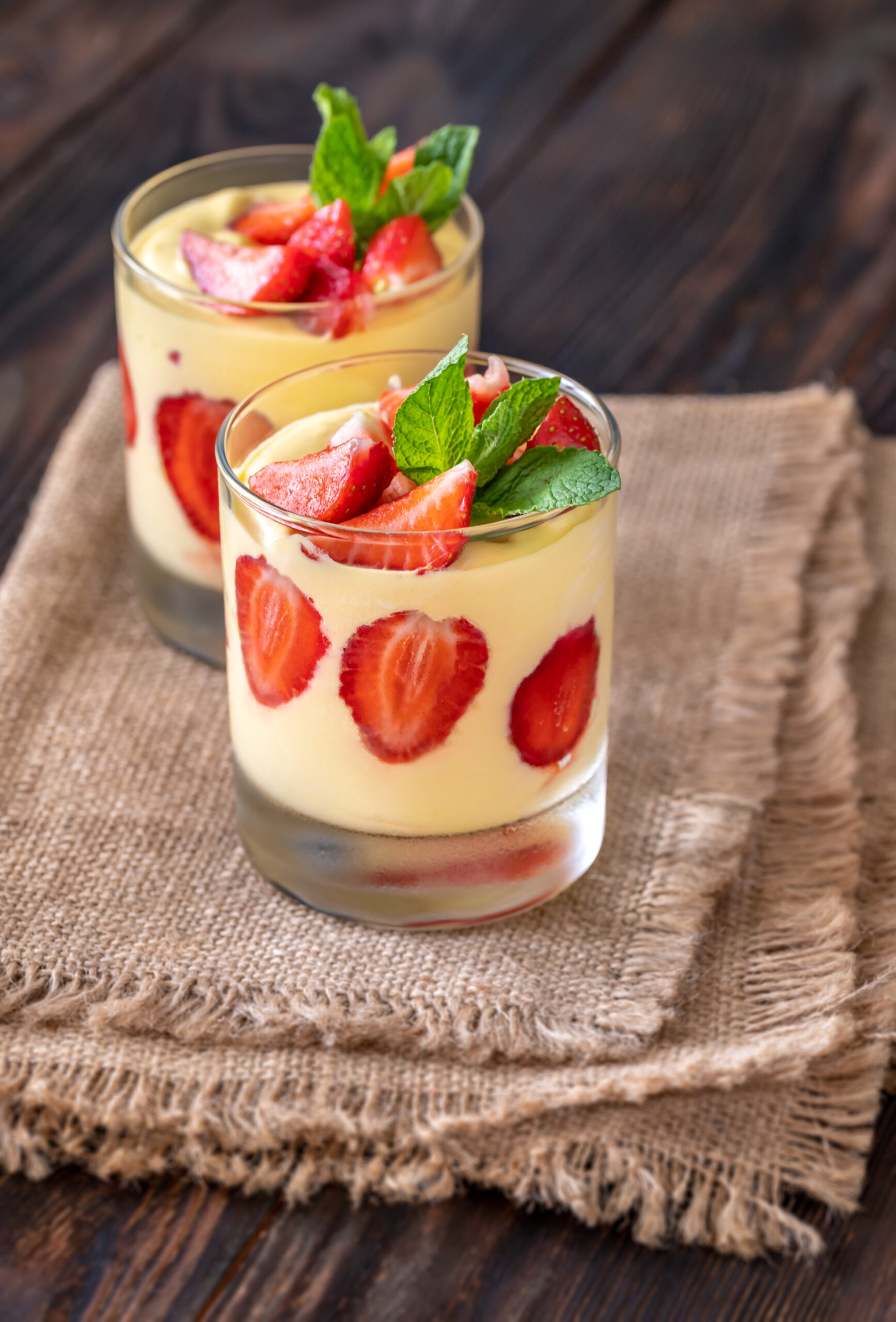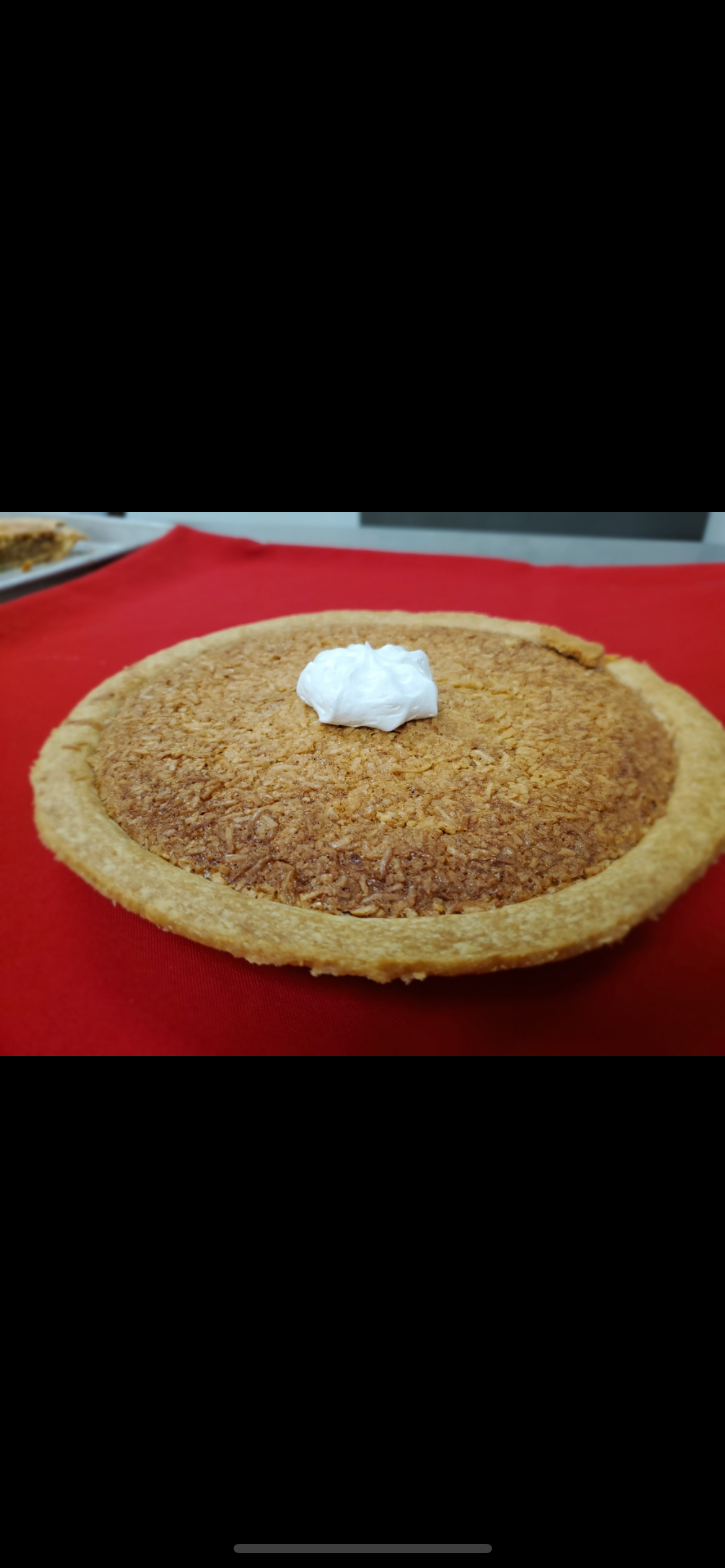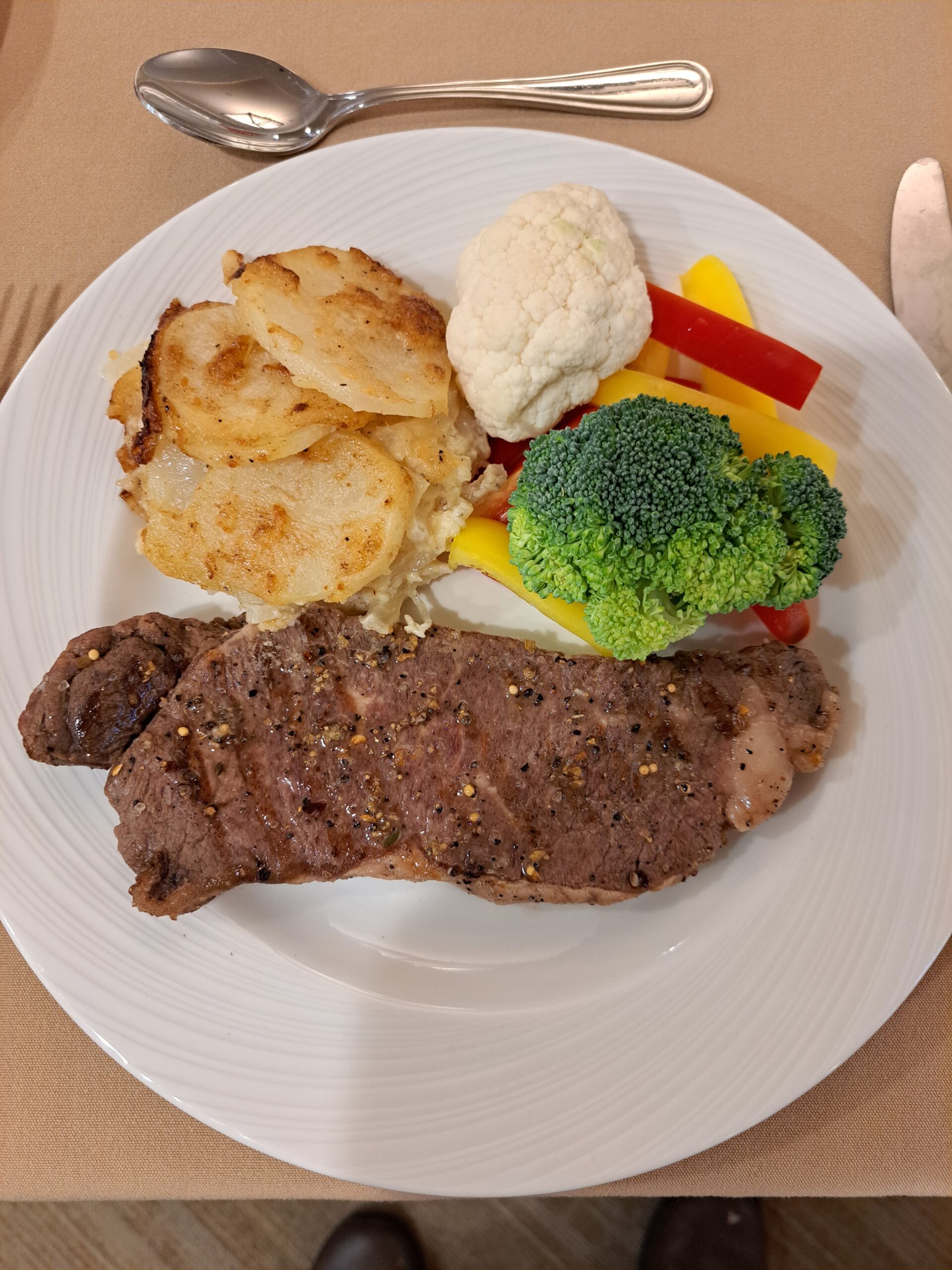Canada is synonymous with Maple – just look at our national flag! Often referred to as the first agricultural crop of the year here in Canada, maple syrup is made from the sap of the Sugar, Red and Black Maple trees in late winter and early spring. We are the world’s leading producer of maple syrup and other maple products. Given it takes one person, one hour to tap one hundred maple trees and forty litres of sap to produce one litre of maple syrup, you can see there is a significant amount of labour involved, but a labour of love it is! And we Canadians love our maple as a syrup, sugar, butter, or candy eh?
History
The Algonquin Indians and other First Nations tribes were tapping maples (and other trees, too) for sap long before the Europeans came to North America. They used it to flavour boiled meats and porridge, and as part of a health tonic. While the early settlers learned to make maple syrup, it wasn’t until the 19th century, when metal containers were used to catch and boil the sap, that it became a significant commercial industry.
Maple Syrup Products We Enjoy Today
Maple syrup is graded based on clarity and flavour characteristics. Maple syrup can be found in Golden, Amber, Dark and Very Dark grades*. All grades contain the same amount of sugar (66-67.5%), but generally the darker the syrup the more robust the flavour and nutrient profile.
- Maple sugar candy, with its semisoft texture, is made from syrup that’s boiled, cooled, stirred, and poured into moulds.
- Maple sugar blocks are more granular than the candy and can be chipped or shaved and added to cereals or beverages.
- Granulated maple sugar comes from syrup that is boiled, cooled, stirred, and sifted. It can be substituted one to one for white or brown sugar.
- Maple butter (cream or spread) is simply syrup that is cooked and stirred to give it a smooth, creamy, spreadable consistency. There is no dairy in maple butter.
- Pure (natural) maple extract is a flavouring made from alcohol and sugar maple tree oils. It adds maple flavour to commercial baked goods, frosting and fudge.
*Maple syrup grades changed in 2017 to harmonize to an international standard.
Canadian Statistics
- Canadian producers are responsible for 84 to 85 per cent of world maple syrup production, with the United States responsible for remaining 15 to 16 per cent.
- Quebec, Ontario, New Brunswick and Nova Scotia are our main maple producing provinces.
- Much of the maple syrup we are offered in our grocery stores and that is used commercially comes from Quebec and Vermont.
- Only 4% of Ontario’s viable sugar bushes are tapped. Why so little? – processing sap into syrup requires huge amounts of energy and labour, in many cases it is not viable for small family farms to start up new operations.
- In 2010 maple syrup exports represented an industry worth over $230 million in revenue, almost all export syrup is produced in Quebec.
- USA, Japan and Germany are the biggest purchasers of Canadian maple exports.
Health Benefits
- Maple syrup is high in a variety of minerals needed by the body, including magnesium, riboflavin, zinc, manganese, calcium, and potassium.
- All in all maple syrup contains 54 antioxidants, and the darker the grade of syrup the more antioxidant activity is present.
Fun Facts
- The red maple leaf has been associated as a Canadian symbol as early as the 1700’s. But it did not become an official symbol on our flag until February 15, 1965.
- In North America maple sugar was the standard sweetener until 1875 when cane sugar became available globally.
- Maple sap contains about 97 per cent water, so it must be boiled to transform it into syrup, which has no more than 34 per cent water.
- Only enough sap for 1 to 1.5 litres of syrup from each tree is collected each season (less than one-tenth of the tree’s sap.) Collecting more would rob the tree of the nourishment the sap provides, and damage the tree.
- Sap needs frosty nights and warm sunny days in order to flow, so production is usually in February, March and April.
- As soon as the weather turns warm enough for buds to form, the sap turns bitter.
- To use maple syrup as a white or brown sugar alternative, use a 2/3 maple -to-1 sugar substitution and reduce the quantity of liquid ingredients (water, milk, juice) in the recipe by about 1/4 of a cup.
- Maple syrup can also serve as a one-to-one substitute for liquid sweeteners, such as honey, molasses, and corn syrup.
Living Local Local Recipes for March
- Maple Mustard Pork Loin
- Maple Soy Glazed Salmon
- Butternut Squash Soup with Chantilly Maple Cream
- Maple Walnut Vinegarette
Download a PDF of all 4 recipes




